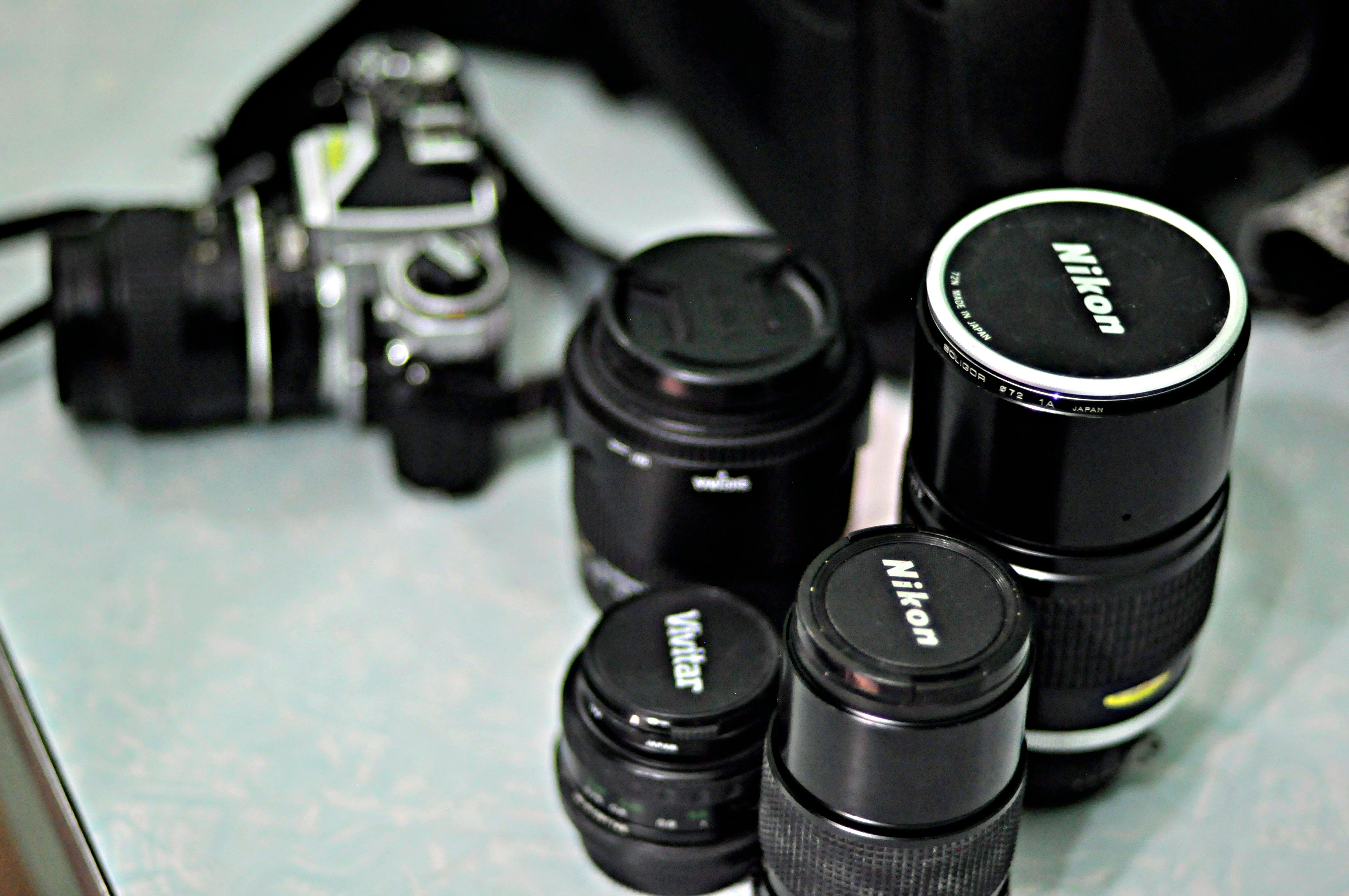Solar panels, also called photovoltaic cells, are devices that convert sunlight into electricity. Today, solar energy is widely used for both domestic and commercial purposes.
The advancement of technology has made it possible to produce solar power equipment at low cost. Modern equipment is more efficient than previous ones.
There is a breakthrough in this technology: crystalline solar panels, thin film technology, and multi-junction technology are considered the best in power generation. We will read more about these technologies in this article.
Crystalline Solar Panels:
They are made of silicon and are based on the arrangement of silicon crystals. There are two types of crystalline solar panels: monocrystalline and polycrystalline.
•Monocrystalline:
These are the most efficient and popular solar panels. They are made with a single layer of silicone. A one square meter monocrystalline panel can generate between 110 and 220 watts of electricity. These panels are more reliable as their useful life ranges from 10 to 30 years. The performance of monocrystalline panels is better in high and low light conditions. They are 11-22% efficient in harvesting power. They require little maintenance and are easy to replace in small areas or on roofs. The disadvantage of this technology is its cost. Although it is made from silicon (sand), the cost of purifying the ore makes it very expensive.
•Polycrystalline:
Poly means many. Polycrystalline solar panels are made from different crystals. The different types of crystals are fused together to form a single device. A one square meter polycrystalline panel can generate between 120 and 130 watts of power. The manufacturing cost is very low and therefore it is the cheapest source of solar energy. The panels have an efficiency of 13.5% in energy conversion. Polycrystalline panels require less space than monocrystalline to be installed on the ceiling. The only disadvantage is its lower efficiency compared to monocrystalline solar panels.
Thin film technology:
This technology makes it possible to produce thin panels that can be easily incorporated into the building envelope. However, this technology is less efficient in power generation compared to crystalline panels. A square foot thin film panel could generate 60-70 watts of power. These panels can produce more energy in hot conditions, making them ideal for hot climates and where location is not a limiting factor for installation. The disadvantage of these panels is that they are difficult to replace.
Multiple Bonding Technology:
Multi-junction solar panel technology generates 50% more energy compared to other technologies. This technology absorbs maximum sunlight compared to its counterparts. This technology is reliable in its performance with 25 to 30 years of useful life.
Solar energy is perennial and non-polluting. Solar panels were recently invented and have proven their efficiency and reliability in power generation. They are becoming popular day by day all over the world.

